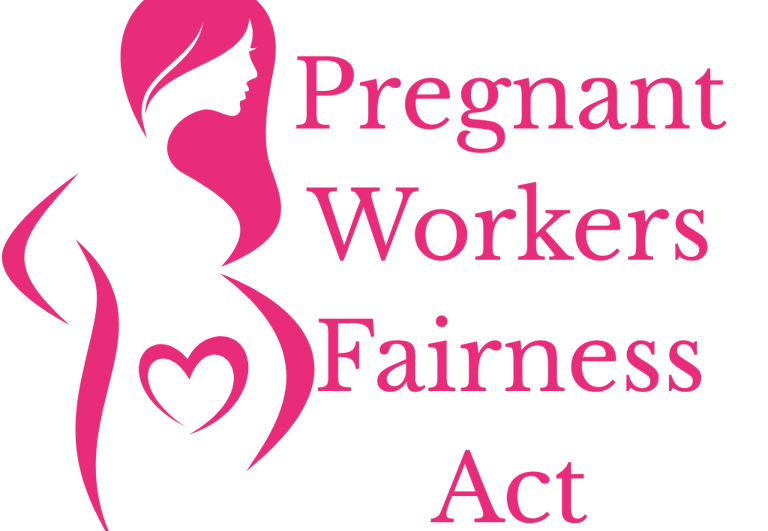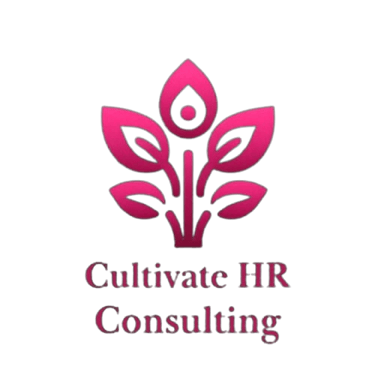The Pregnant Workers Fairness Act: What Every Employer Needs to Know
.
EMPLOYMENT LAW
11/21/20253 min read


Pregnancy, childbirth, and postpartum recovery are some of the most significant transitions a person can experience — emotionally, physically, and medically. And for many employees, navigating these changes while trying to maintain work responsibilities becomes complicated if their employer isn’t prepared to support them.
Historically, the law focused on preventing discrimination against pregnant workers — but it didn’t explicitly require employers to provide accommodations. That changed with the Pregnant Workers Fairness Act (PWFA), which went into effect on June 27, 2023.
If your organization has 15 or more employees, the PWFA applies to you. And even if you run a smaller business, the expectations for fair, compassionate, and flexible support are higher than ever.
This article breaks down what the PWFA is, what it requires, and how employers can stay compliant while building a workplace where people feel supported, valued, and safe.
What Is the Pregnant Workers Fairness Act (PWFA)?
The PWFA is a federal law that requires covered employers to provide reasonable accommodations for employees and job applicants who have limitations related to:
Pregnancy
Childbirth
Recovery from childbirth
Related medical conditions (including postpartum depression, preeclampsia, miscarriage, lactation, and more)
The only exception? When an accommodation would impose an undue hardship on the employer — a high legal standard modeled after ADA rules.
In plain terms: You must work with pregnant and postpartum employees to figure out ways they can keep working safely and successfully.
Before PWFA, accommodations were only required if pregnancy caused a disability under the ADA — leaving many pregnant workers in a gray area. Now, employees don’t have to prove disability.
If they have a limitation related to pregnancy or childbirth, the employer must accommodate them.
This is a significant shift. It means:
More employees qualify for support
More accommodations must be considered
More managers need training
And more employers must revisit their policies
Examples of Reasonable Accommodations
The PWFA doesn’t provide an exhaustive list, but the EEOC has given clear guidance. Examples include:
Providing seating for jobs that normally require standing
Avoiding heavy lifting
Temporary reassignment to light-duty work
Allowing flexible schedules or telework
Extra bathroom breaks
Time off for prenatal appointments
Leave for childbirth recovery
Adjusting food and water break schedules
Remote work during high-risk pregnancies
Providing a private space for lactation needs (separate from bathrooms)
The overarching principle: Accommodations should make it safer and easier for the employee to perform essential job functions during pregnancy and postpartum recovery.
North Carolina Employers: What You Should Know
North Carolina follows federal law, meaning:
If you have 15 or more employees, the PWFA applies.
Requests for accommodations must trigger the interactive process (a structured, documented dialogue).
You must post the updated EEOC “Know Your Rights” poster that includes PWFA protections.
State disability laws (NCPDPA) also require nondiscrimination, though they don’t add separate pregnancy accommodation rules.
Bottom line: If you’re in NC and you’re covered by the ADA, you’re covered by PWFA too.
How to Handle a PWFA Accommodation Request
A pregnant or postpartum employee doesn’t need to say “I’m requesting an accommodation” for this law to be triggered.
Here’s the correct process:
1. Recognize the request. Any mention of difficulty performing tasks due to pregnancy or childbirth should be taken seriously.
2. Start the interactive process. Have a dialogue to understand:
What the limitation is
What tasks are becoming difficult
What potential accommodations might help
3. Request documentation only when appropriate. Documentation is allowed but not always required. Never ask for diagnosis details — only functional limitations.
4. Evaluate reasonable accommodations. Consider options that support the employee while still allowing business operations to continue.
5. Document everything. Record the conversation, decisions, and follow-up.
6. Monitor and adjust. Pregnancy changes quickly — accommodations may need updating.
Common Employer Mistakes to Avoid
Forcing an employee to take leave instead of offering accommodations
Requesting unnecessary medical proof
Ignoring or minimizing accommodation requests
Allowing managers to make unilateral decisions without HR involvement
Fearing “special treatment” instead of focusing on legal obligations
Applying policies inconsistently
The PWFA expects employers to be flexible, responsive, and fair — and the EEOC has made clear they will enforce this law actively.
Pregnancy accommodations aren’t just a compliance issue — they are a culture issue.
The PWFA is rooted in one simple principle: Employees shouldn’t have to choose between having a healthy pregnancy and keeping their job.
When employers approach pregnancy and postpartum needs with clarity, compassion, and structure, they create the kind of workplace where people — and businesses — thrive.
